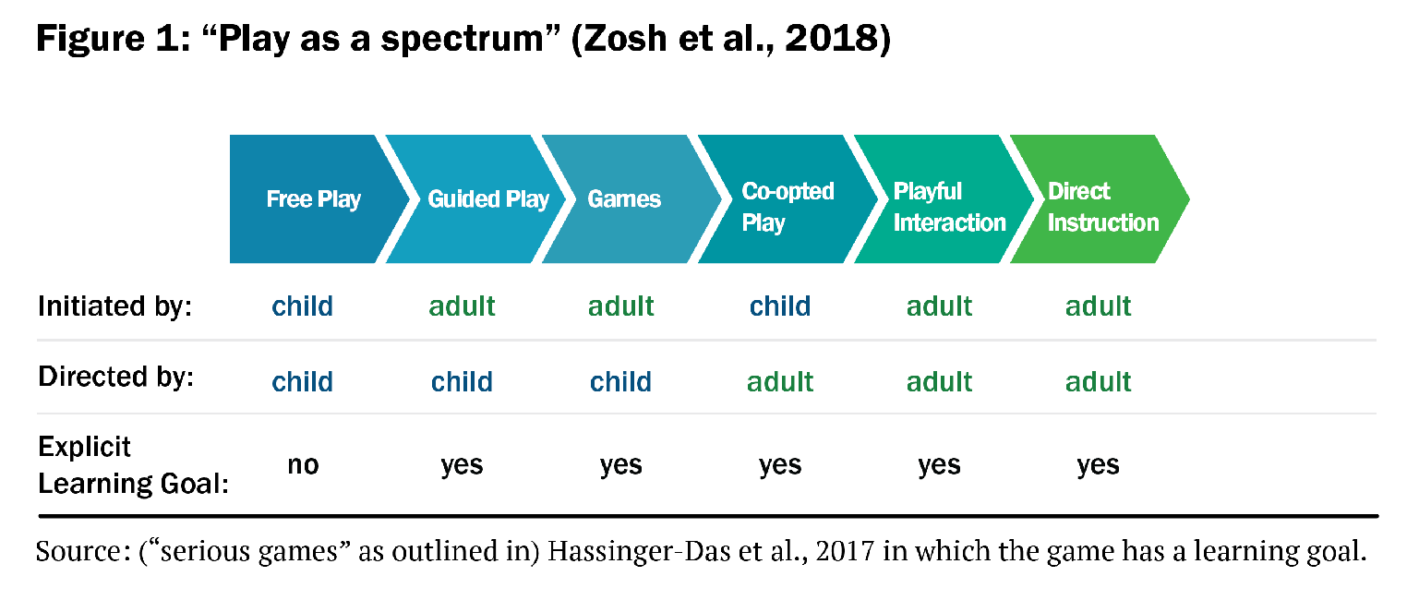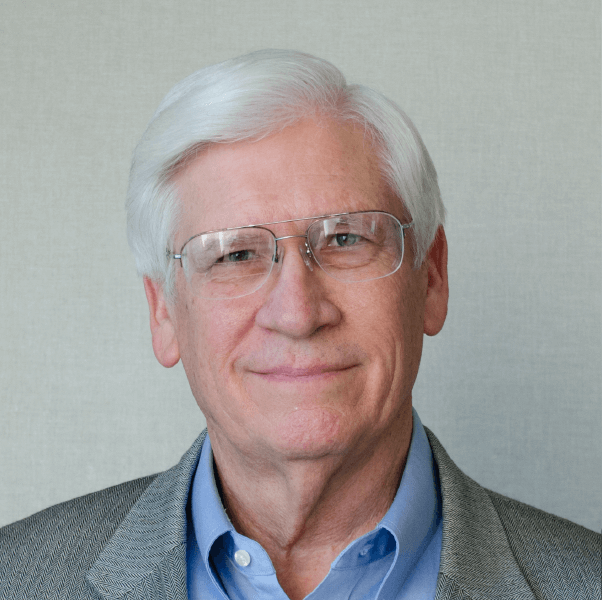Learning experiences built upon a child’s passion are more meaningful and produce a far longer lasting impact than does the industrial-era, compliance, and standards-based content that has been the staple of conventional education.
Stephan Turnipseed, Executive Vice President and Chief Strategy Officer, Pitsco Education
I have often written about the 21st-century child, their education, and the future that awaits them. This time, however, I pose the question: “What about the 22nd-century child?” If the children of today are to build the world of tomorrow, we must imagine the shape of the 22nd-century and critically look at whether our current systems of education will equip our children to build and live into that future.
For much of the past century, school has served three functions:
- Childcare (free, in most cases)
- Well-being (including food and safety)
- Education (served up in an assembly line of consistency)
Of the three, education has been third in line for most kids in its impact and appeal. As the post-COVID-19 world begins to see the early rays of possibility, we wonder if school as we know it will be changed forever. Unfortunately, we aren’t trending in the right direction, yet.
A Broken System Remains
The siren call of free daycare and child safety are pulling the school systems inexorably back to the failed mass production of the past, which is only exacerbated by the dramatic teacher shortages worldwide and the ever-widening gap between the haves and the have nots.
In a recent survey, Education Next reported that enrollment in conventional public schools has declined from 81% to 72%, further indicating that those who can are leaving, in great numbers, in search of alternatives—possibly forever.
This fact—coupled with the direction of many state legislatures to create forms of funding that follow the child—will further support this exodus, leaving the least-served populations relegated to accessing less meaningful educational experiences than those learners who leave.
What’s more, this stagnation will only be worsened by a lack of policy work to inspire wholesale transformation that creates equitable access to learning opportunities throughout the community and beyond.
In one dystopian extreme, this gap between the haves and have nots could create schools in underserved communities that do little more than warehouse children during their parents’ working hours, with little, if any, focus on the holistic development of the children themselves.
That future isn’t here yet though, and “We the People” don’t have to accept such a bleak forecast for our children. Many devoted teachers and administrators, as well as leading organizations, are ushering in a sea change by championing moves to shift learning away from being bound by compliance and high-stakes testing. Instead, they are imagining a future where learning centers on strong relationships; the voices of young people; and creating equitable access to all learning opportunities.
Learning is About Relationships
It has long been documented that relationships matter. As stated by Kimberly Rues in a recent EdSurge article, “If there’s one thing I’ve learned in the 30 years I’ve spent in public education classrooms, it’s this: Kids will do anything for a teacher they are connected to. They will push themselves harder, take on greater challenges, and find the grit to get through the tough stuff.”
Learning must first be nurtured by relationships. This relationship must exist amongst the learner, their peers, their families and a host of caring adults—including teachers, and business, industry, and community mentors. In this interconnected world, the number of meaningful relationships a child has in their network of support will positively correlate with their growth and development.
In this world, the school building can become one of many “learning hubs” as espoused by groups such as Education Reimagined, that is envisioning a future of education where ecosystems of learning are commonplace. This hub can provide certification of learning regardless of where it occurs, supporting the kaleidoscopic tapestry of community-based learning experiences inspired by a young person’s unique interests. In this networked environment (imagine an ecosystem of learning), the learner becomes the central focus, not the adults.
Learning is About the Voices of Learners
Within this reimagined future, children have opinions, and those opinions matter.
My dear friend Roger Cook, who is the former superintendent of Taylor County Public Schools in Campbellsville, Kentucky, led a transformative education system focused on the child and their passions. When questioned if he had asked the parents what they thought about this new way of learning prior to its implementation, his answer was stark and defining.
He said, “Heck no, I did not ask them. What was I going to ask? ‘Do you want your children to love coming to school because they are following their passions and learning in a way that is fun and engaging, or would you rather their school experience be as miserable as yours was?’ I did ask the children, however,” he added with a smile.
Learning experiences built upon a child’s passion are more meaningful and produce a far longer lasting impact than does the industrial-era, compliance, and standards-based content that has been the staple of conventional education.
Children have discovered in a networked world they do not have to possess all the knowledge or have all the answers. They just need to know who is willing to help enrich their unique learning journey, and then they can be empowered to lead or collaborate with others to create new insights, inventions, and artifacts that further the possibilities of the emerging post-COVID-19 world.
Learning is About Access (and Joy)
This leads us to the third and most important truth: Learning experiences must be rooted in a collaborative, hands-on, playful experience for all children. The importance of play in learning has been well documented and most recently examined by Kathy Hirsch-Pasek, PhD, and Helen Hadani, PhD, who say, “Playful learning can be implemented through a number of pedagogical practices, including theme-based learning and project-based learning, where children construct knowledge by exploring a real-world problem that is often driven by student interest in inquiry.”
They go on further to support the playful-learning continuum advanced by Zosh et al., which suggests the collaboration between an adult and a child can run the full range of learning from free play to direct instruction, all of which can occur in any number of different pedagogical styles.

Our challenge is to extend this evidence-based approach to all children in an equitable manner. Hirsch-Pasek and Hadani reference Jean Anyon’s prominent 1980 Journal of Education essay when they state, “The American education system is not preparing all children to thrive. Amidst a national movement to dismantle systemic racism, our schools risk propagating educational inequity by design. Only the most affluent students receive the highest quality education that emphasizes student agency and engagement through collaboration and inquiry.”
“We the People” do not have to adopt or embrace this outcome. The one area where we can exert remarkable pressure is in the selection of out-of-school, afterschool, and even in-school experiences for our children that spark joy, regardless of socioeconomic status or the type of learning environment.
A New Formula for Learning
Inspired by these three focal points for a transformed future of learning, the choices we make about our children’s learning can be based on a simple equation: E3 • P = L2, where Engaged, Energized, Excited children driven by their Passion equals Learners Learning. These three “E’s” are, in particular, important and paced by the first “E”: the need to authentically engage young people.
Engage the Learner
Everyone can play a role in creating engaging learning experiences for young people. At Pitsco Education, one of the roles we’ve chosen to play is through our well-designed elementary STEM units.
The overall goal of these units is to engage young learners in the engineering design process and advance literacy through interdisciplinary projects. This provides problem-solving exploration and encourages collaboration and teamwork, with reading and writing practice built into the experience.
In the following figure, the learner is collaborating in an engaged, hands-on, playful manner with peers and adults.

Pitsco’s STEM Units are designed to be implementable in all learning environments from in-school to afterschool to at-home. Engagement is the goal of all these learning experiences.
Energize Learners’ Passions
Learners are energized by their passions. We see this in competitive events such as those through Destination Imagination, Future Problem Solving Program International, National Speech & Debate Association, Soap Box Derby, and the Project Paradigm. These competitive events offer a selection of challenges that a child may pick based upon their STEM-related passions and natural interest to steep themselves in the five C’s of creativity, critical thinking/problem-solving, communication, collaboration, and compassion.
These organizations have joined together to create a seamless data transition backpack to enable the learning that goes on in these events to be transported into the classroom for review and certification by educators providing credit toward graduation and future work skills—skills preparing students for postsecondary, college, career, and citizenship.
The impact of these organizations on energizing a learner’s passion is well-documented. One example from the National Speech & Debate Association is a comment by Jaylon Muchison, the 2020 William Woods Tate, Jr., National Student of the Year: “Speech and debate taught me courage, generosity, and an understanding that diversity makes us strong. Our voices are what connect us, and this activity allows me to spread that message.”
Excite Learners to Own Their Learning
Engaged, energized learners are excited about owning their learning. One of my colleagues, Matt Frankenbery, Vice President of Education at Pitsco Education, relates a true-life story of his son Abram building a go-kart during the COVID-19 shutdown.
Abram’s interest led him to design a go-kart, which he pitched to a senior student friend with welding skills who was in need of a building project. Abram spent countless hours online researching go-kart designs, developing an equipment list, and going to the local Home Depot as well as ordering parts online to complete his project. He even got his grandfather involved in helping to set up a welding rig. In the end, Abram created a working go-kart.
Frankenbery affirms that on the journey, his son learned STEM in the most E3 manner, “Abram was more engaged, energized, and excited than I’ve ever seen him when taking on a learning opportunity. He was completely immersed in the project from the day he dreamt up the idea to the day it was completed.”
As this example illustrates, “We the People” are not powerless in advancing this transformed future of learning for our children. If we believe learning is about relationships, empowering youth voice, and making joyful learning experiences accessible to all children, then it is incumbent upon us to get into action and make this future a reality.
The rallying call for all 21st-century children creating a 22nd-century future is founded in the E3 formula. And, “We the People” can make it happen!

